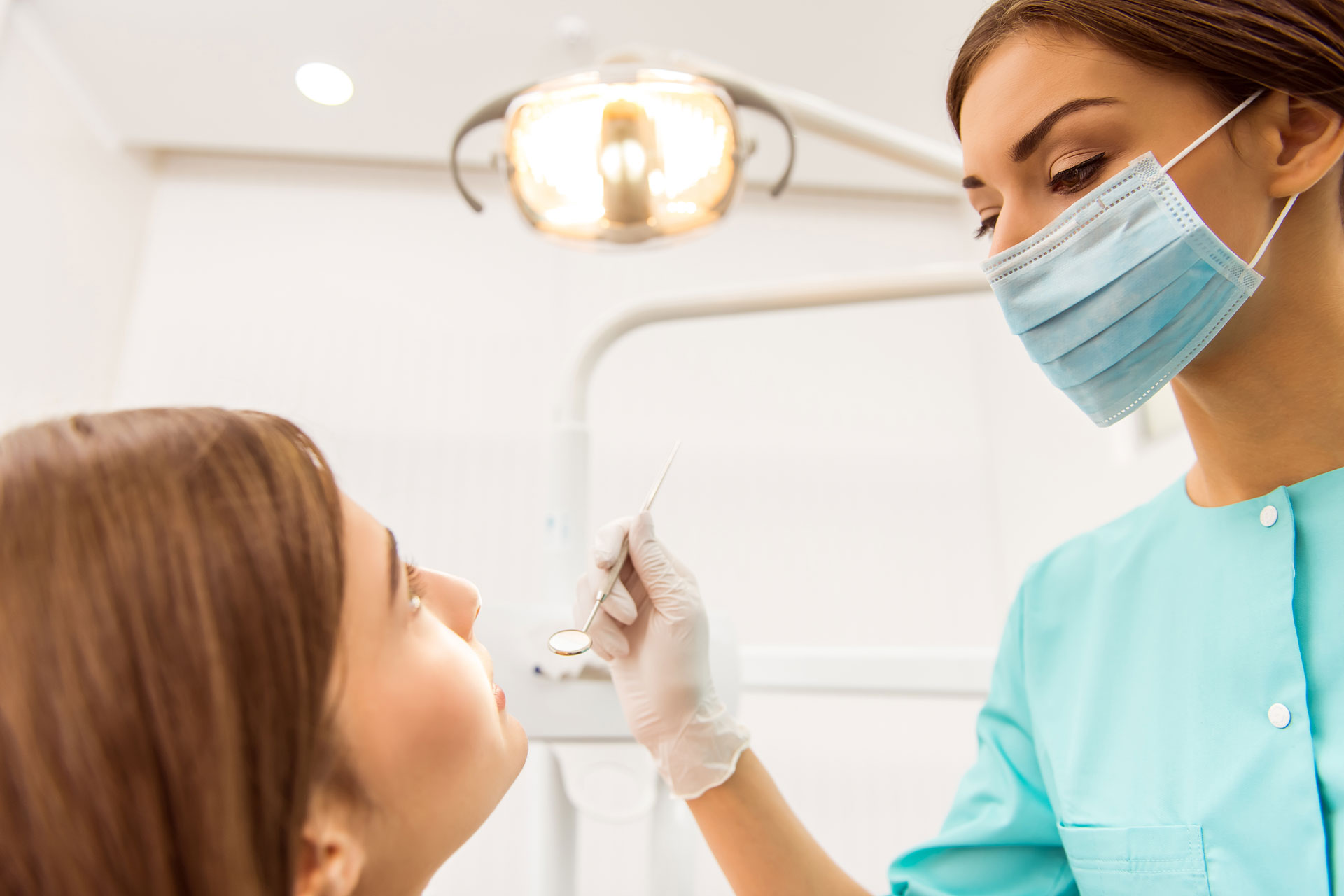Need Help?
FAQs
Lorem ipsum dolor sit amet, consectetur adipiscing elit.
Mauris eros dolor pellentesque sed luctus dapibus lobortis orci.
Is Teeth Whitening Safe?
Yes, when done correctly! Professional treatments are safe because they’re done under a dentist’s supervision. Some people may feel mild sensitivity, but it usually goes away in a day or two.
Who Can Get Teeth Whitening?
It works best for people with yellow stains. However, it might not work as well for gray or very deep stains. In such cases, your dentist may suggest alternatives like veneers.
How long does it take?
In-office teeth whitening can take about 45 minutes, while at-home kits can take two to three weeks
What are the side effects?
The main side effect is temporary sensitivity, which can range from mild transient discomfort to pain. It usually settles down in 2 to 3 days.


